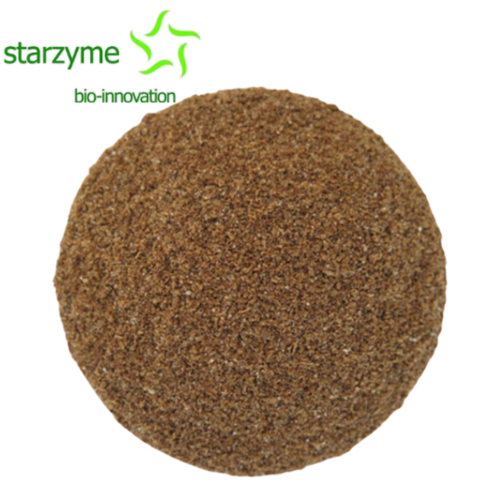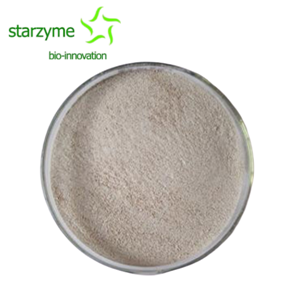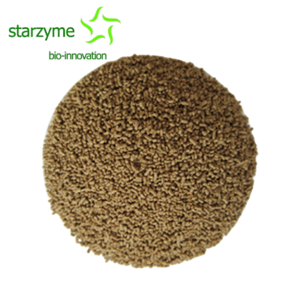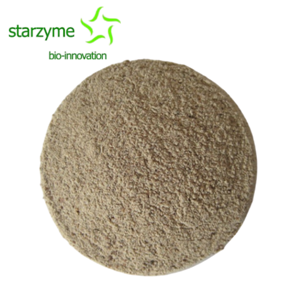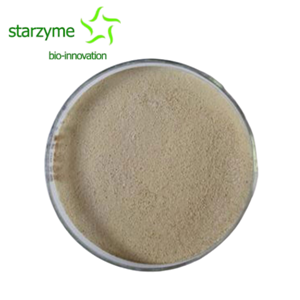Research on the Function of Acidic Protease
1、 Introduction
Acidic Protease is a type of protease with high activity in acidic environments, and its optimal pH value is usually within the acidic range (such as pH 2-5). These enzymes can catalyze the hydrolysis reaction of proteins, breaking them down into small molecule peptides and amino acids. They are widely present in animal and plant tissues, microorganisms, and certain extreme environments, such as pepsin, which is a typical Acidic Protease. Due to its unique enzymatic properties and wide application prospects, they have become one of the hotspots in the field of enzymatic research. The basic characteristics, enzymatic properties, and mechanisms of action are outlined below.
2、 Basic Characteristics of Acidic Protease
a. Molecular Structure and Properties
The molecular structure of acidic proteases is diverse, but typically includes key components such as catalytic active centers, substrate binding sites, and regulatory regions. These structural features determine its catalytic efficiency and substrate specificity. Acidic Proteases maintain high stability and activity under acidic conditions, which is closely related to the acid-base balance mechanism within their molecules.
b. Enzymatic Properties
The enzymatic properties of Acidic Proteases include optimal pH value, temperature stability, substrate specificity, etc. There are differences in these properties among acidic proteases from different sources, which provides possibilities for their applications in different fields. For example, Acidic Proteases derived from certain microorganisms have higher temperature stability and a wider pH adaptation range, making them more advantageous in industrial applications.
3、 The Mechanism of Action of Acidic Protease
The mechanism of action of Acidic Proteases mainly involves the interaction between their catalytic active centers and substrates. In acidic environments, the catalytic active center of Acidic Proteases forms hydrogen bonds, ionic bonds, and other interactions with substrate proteins through specific amino acid residues, thereby stably binding to substrates. Subsequently, through a series of catalytic reaction steps, acidic proteases gradually hydrolyze substrate proteins into small molecule peptides and amino acids. During this process, the catalytic efficiency and substrate specificity of Acidic Proteases were fully demonstrated. Moreover, this process involves specific interactions between enzymes and protein molecules, leading to the breaking of peptide bonds in proteins and the release of amino acids.

